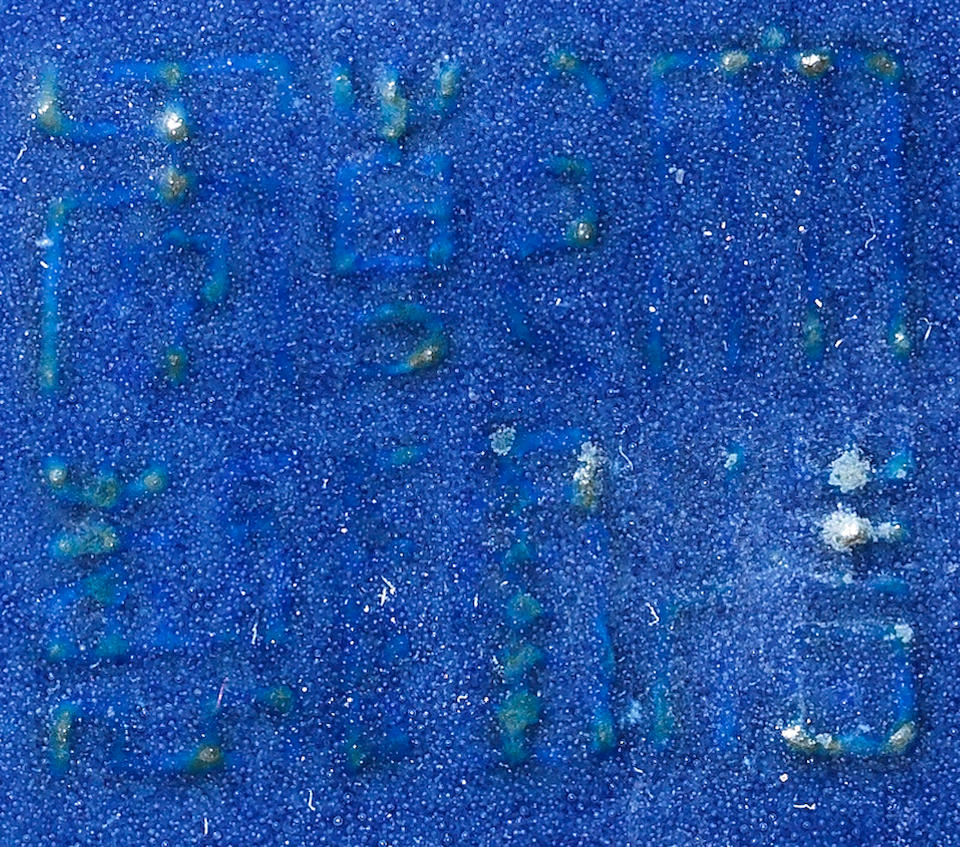Lieutenant-Colonel T.S.Cox time in China 1900 – 1902
Lieutenant-Colonel T.S.Cox graduated from Sandhurst Military Academy in 1892 and was commissioned in 1894 in the 16th Indian Cavalry, The Bengal Lancers. His noteworthy military service included in 1897, Tochi Field Force, N.W. Frontier; and in 1900, the China Expeditionary Force during the Boxer Rebellion, when he was awarded the US Military Order of the Dragon. In 1901 he was seconded as the Advisor to the Chinese Government and awarded an Imperial decoration by Shanqi, Prince Su (1866-1922). In 1903 he was elected to the Royal Geographical Society. In 1903 he served as Captain in the Indian Army; between 1904–1907, he was posted in the D.M.O. War Office, London, the Balkans, Asia Minor, Somaliland, Abyssinia, Russian central Asia, and Ottoman Middle East; in 1911 he was awarded the King George V Delhi Coronation Durbar medal. Between 1912-1913 he was posted in the Middle East and Central Asia. In 1915, he took part in the Gallipoli Campaign and in 1916 transferred to command the 37th Dogras. In 1917 he served in the Mesopotamian campaign and was wounded whilst serving in the Aden Field Force. In 1920 he served with the Waziristan Field Force, NW Frontier; in 1921 he transferred to command the 3rd Madras Regiment and in 1925 retired from the Indian Army as Lieutenant-Colonel.
July 1900: Cox was ordered to North China to join China Expeditionary Force to relieve the siege of the Beijing International Legation Area by Chinese 'Boxers'. Collected a troop of 16th Bengal Lancers in Hong Kong on August 15 1900 and disembarked at Sinho for Tianjin on September 11. Advanced on Beijing September/October 1900. Subsequently placed in charge of a 'Flying Column' sent to capture Boxer leaders at Baoding, a hundred miles south-west of Beijing. Campaign medal, and learned to speak Chinese. Passed 6-day Chinese language examination.
January - June 1901 worked for the British Military Commander, General Sir Alfred Gaselee, and awarded Military Order of the Dragon in April. July 1901 promoted Staff Captain and seconded to raise and train a Battalion of Chinese Railway Police, whose task was to guard the Beijing, Tongshan, and Tianjin districts for the British High Command, stationed at the Temple of Heaven in Beijing.
January 1 – December 25 1902 Cox was the Officer Commanding Railway Police, Chinese Imperial Railways, most of this time under contract to the Chinese Imperial Government. In addition to this role, from June 1 to December 1902 he was 'Confidential Adviser' to His Imperial Highness Prince Su, Governor of Beijing (the Emperors uncle), and from August 15 to December 1902 also 'Confidential Adviser' to His Imperial Highness Prince Qing, Head of Chinese Octroi (Customs) Department. Cox received a Letter of Appreciation and was awarded a Chinese Imperial Decoration for his services. He left Beijing for India on December 25 1902.
Note: The blue glazed dou would have been part of a set of ritual food and wine vessels used in Qing state rituals in the Temple of Heaven, the Tiantan, where the emperor made offerings to heaven at the Qigutan, or Altar for Bountiful Harvest, during the first lunar month of the year. Although the colour coding for the four main altars was instituted in 1530, it was only during the Qianlong reign in 1748 that archaistic shapes were designed by Imperial decree, with the objects illustrated and described in The Illustrated Regulations for Ceremonial Paraphernalia of the Qing Dynasty. The Qianlong emperor decreed that fashioning ritual vessels in conventional forms was inconsistent with ancient practice and that the shape ought to reflect antiquity. In accordance, the dou, is similar in form to archaic bronze vessels dating to the Zhou dynasty; see three examples of dou vessels dated to the Eastern Zhou dynasty, illustrated in Zhongguo qingtongqi quanji. Vol.10. Dongzhou 4, Beijing, 2006, pls.31-33.
As the Son of Heaven, the emperor mediated between heaven and earth. His secluded existence in the Imperial Palaces was punctuated by performances of solemn ceremonies set according to the agricultural seasons. The correct observance of these ceremonies was considered vital to preserving the order of the universe, securing peace and prosperity. The traditional form and highly ritualised use of these vessels reflected the concerns for the stability and continuity of the Qing.
Compare a similar blue-glazed dou and cover, Qianlong mark and period, in the Shenyang Imperial Palace Museum, illustrated in The Prime Cultural Relics Collected By Shenyang Imperial Palace Museum: The Chinaware Volume. The Second Part, Shenyang, 2007, p.249, pl.10. Three other related examples of dou vessels, Qianlong mark and period, are in the collection of the Victoria and Albert Museum, London (accession nos. FE.94&A-1970, FE.96&A-1970 and C.17-1957).
See an Imperial blue-glazed altar set for the Temple of Heaven, comprising a fu and cover and a pair of dou and covers, Qianlong seal mark and of the period, sold in our London rooms on 14 May 2015, lot 160.
Bonhams. AUCTION 23347: FINE CHINESE CERAMICS AND WORKS OF ART, 10:00 HKT - HONG KONG, ADMIRALTY

/https%3A%2F%2Fprofilepics.canalblog.com%2Fprofilepics%2F1%2F0%2F100183.jpg)
/https%3A%2F%2Fstorage.canalblog.com%2F03%2F02%2F119589%2F96711876_o.jpg)
/https%3A%2F%2Fstorage.canalblog.com%2F11%2F31%2F119589%2F94773502_o.jpg)
/https%3A%2F%2Fstorage.canalblog.com%2F20%2F83%2F119589%2F94772815_o.jpg)
/https%3A%2F%2Fstorage.canalblog.com%2F26%2F72%2F119589%2F75604929_o.jpg)
/https%3A%2F%2Fstorage.canalblog.com%2F59%2F60%2F119589%2F26458628_o.jpg)





/http%3A%2F%2Fstorage.canalblog.com%2F85%2F96%2F119589%2F129710184_o.jpg)
/http%3A%2F%2Fstorage.canalblog.com%2F53%2F92%2F119589%2F129488985_o.jpg)
/http%3A%2F%2Fstorage.canalblog.com%2F00%2F80%2F119589%2F126440354_o.jpg)
/http%3A%2F%2Fstorage.canalblog.com%2F02%2F13%2F119589%2F120685435_o.jpg)